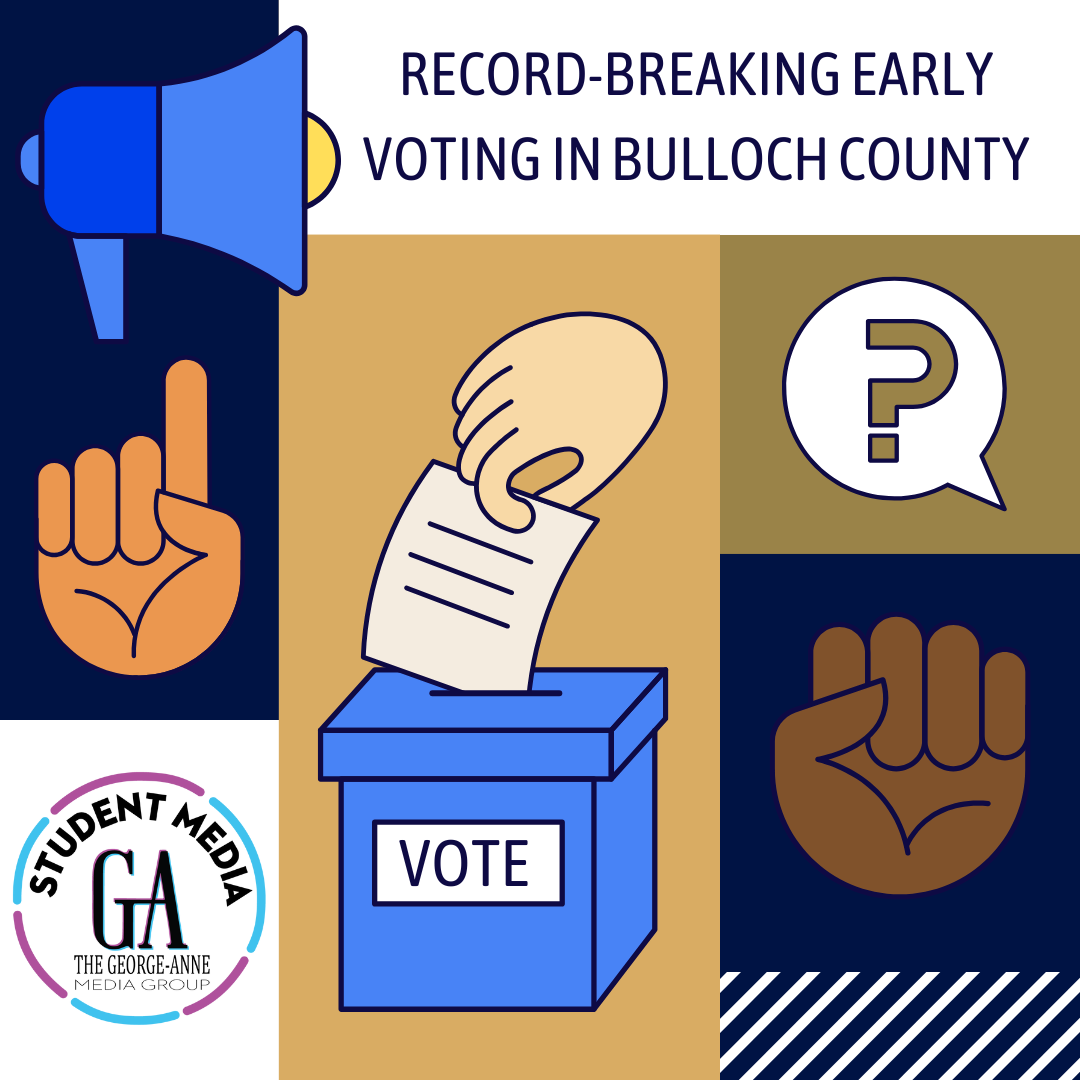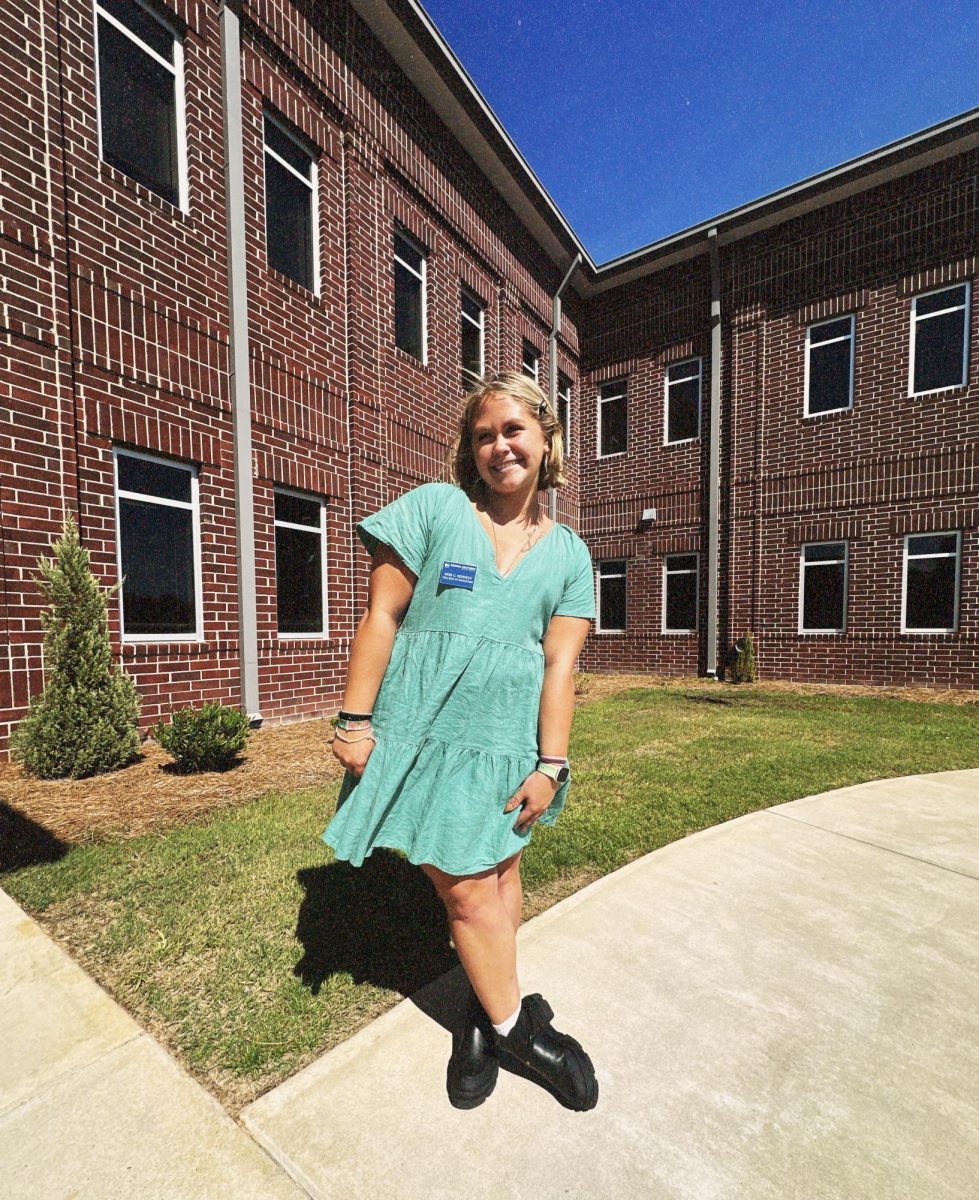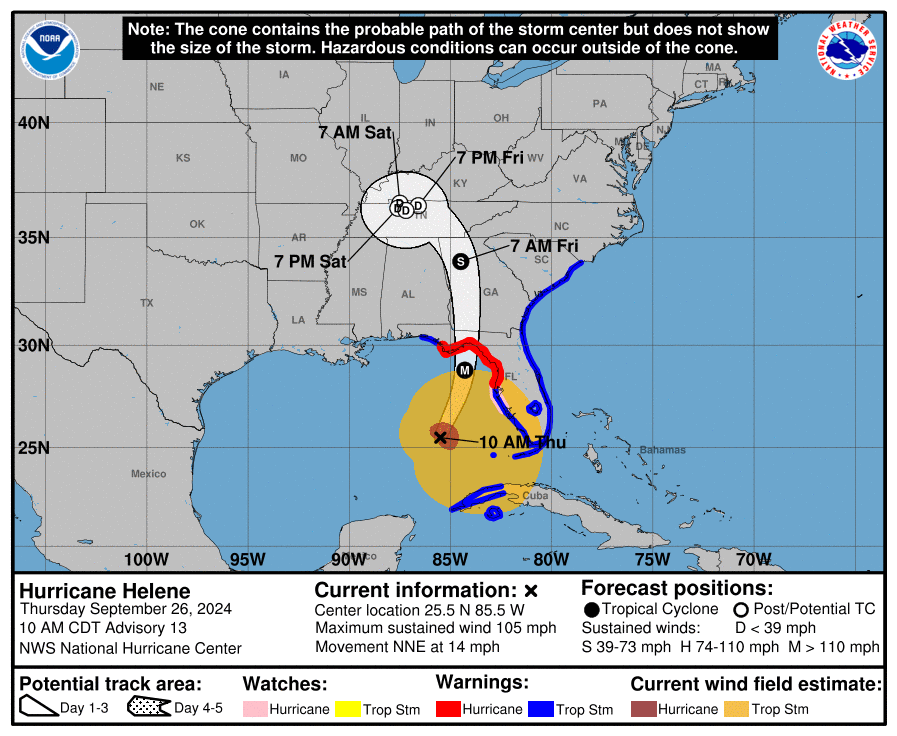As Halloween comes to an end, we shift into the start of another cultural holiday: Día de los Muertos, or the Day of the Dead. This annual celebration is deeply rooted in Mexico and other Latin American countries, and it is a time for families to pay homage to their departed friends and loved ones. However, this holiday is far from solemn as the two day tribute hides the morbidity of death under art, food, music, and remembrance.
Origins
Día de los Muertos finds its origins with the Aztecs. The Aztec celebration extended over a month, but with the later influence of Catholicism, the holiday was moved to overlap with All Saints’ and All Souls Day. Those who celebrate believe that the barrier between the spiritual and real realms opens on October 31st, and that departed souls have a 24 hour window to reconnect with loved ones. The spirits of children come back to the real world on November 1st, and the adults take their turn on November 2nd. Families guide them home and commemorate the lives they once lived.
Traditions
One of the main features is an altar with offerings to the deceased, known as ofrendas. They are adorned with the spirit’s favorite foods, drinks, and possessions. Marigold flowers are also used as a way of guiding the spirits to the living world. Sugar skulls and skeletons are symbolically displayed as a reminder to embrace the cycle of life and death, as both are equally important and beautiful. The streets are filled with colorful banners (papel picado), festive music, traditional cuisine, elegant skulls and skeletal figures (calaveras), and beautiful fragrant flowers.
Day of the Dead is not a time for mourning or sadness, it is a unique and heartwarming occasion that brings people closer and reminds us of the beauty seen in both life and death. However you may choose to observe these couple days, take some time to honor and cherish the people in your life, whether living or remembered.










